Search
Search Results
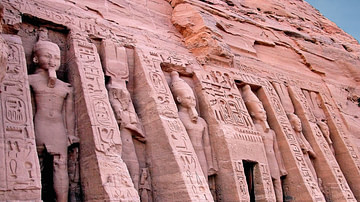
Definition
Abu Simbel
Abu Simbel is an ancient temple complex, originally cut into a solid rock cliff, in southern Egypt and located at the second cataract of the Nile River. The two temples which comprise the site were created during the reign of Ramesses II...
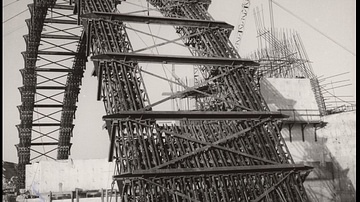
Image
Scaffolding Arch of Abu Simbel Great Temple, 1966
International campaign for the safeguarding of the Nubian monuments launched by UNESCO. In this photo, you can see the first arch of the scaffolding for the dome of the Great Temple of Abu Simbel under erection on its new site. Abu Simbel...
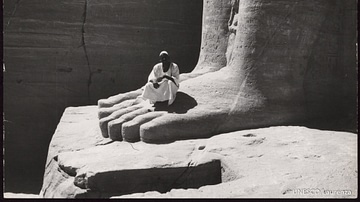
Collection
UNESCO's Nubia & Abu Simbel Campaign
This collection is really dear to us as it is the fruit of our new collaboration and partnership with the UNESCO Archives. They have digitized a vast amount of resources that can be found on their platform and you can read all about their...

Image
Giant Foot at Abu Simbel
Great Temple (height: 110 feet / 33 meters, width: 127 feet / 38 meters) built under the 19th dynasty. On the facade, four colossuses about 67 feet / 20 meters high represent Rameses II (1290-1223 BCE). The complete work is 270 feet / 68...
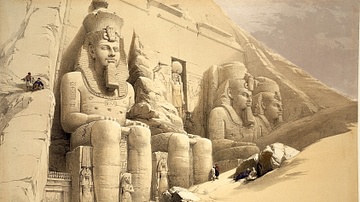
Image
Statues Outside the Temple of Abu Simbel
Statues outside the temple of Abu Simbel, Egypt. Coloured lithograph by Louis Haghe after David Roberts, 1849 CE. Wellcome Collection, London. David Roberts travelled in the Middle East and North Africa, particularly Egypt, from 1838...
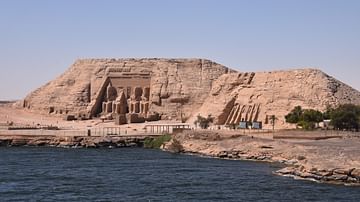
Article
Sailing on Lake Nasser towards Abu Simbel
In ancient times, the First Cataract at Aswan marked the southern frontier of Egypt. Beyond lay the land of Nubia, which stretched along the river Nile from the First Cataract southwards for about 250 kilometres (155 mi). This region, known...
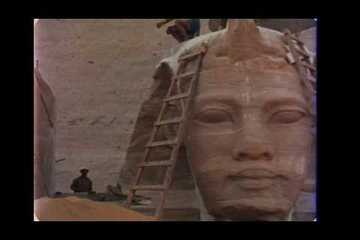
Video
UNESCO Archives Film Collection - The World Saves Abu Simbel (1972)
Digitized by the UNESCO Archives. A production of UNESCO and the Abu Simbel Joint Venture. When the work began on the High Aswan Dam in Upper Egypt, the two temples of Abu Simbel, carved in the living rock which rises from the banks of...

Article
Early Muslim Conquests (622-656 CE)
Islam arose as a religious and socio-political force in Arabia in the 7th century CE (610 CE onwards). The Islamic Prophet Muhammad (l. 570-632 CE), despite facing resistance and persecution, amassed a huge following and started building...
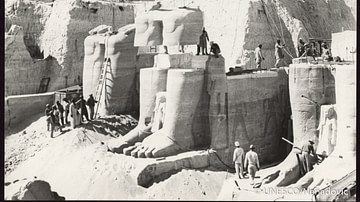
Image
Dismantling of Abu Simbel Statues, 1966
Dismantling of the statues of the Great Temple at Abu Simbel during the International Campaign for the Safeguard of the Nubian Monuments launched by UNESCO.
Abu Simbel, Egypt, Nubia (9 February 1966)
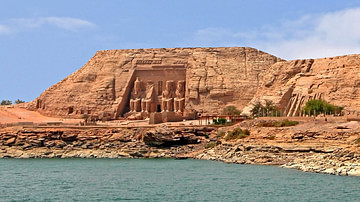
Image
Abu Simbel Panorama
Abu Simbel is a Temple complex, originally cut into a solid rock cliff, in southern Egypt and located at the second cataract of the Nile River. The two temples which comprise the site (The Great Temple and The Small Temple) were created during...